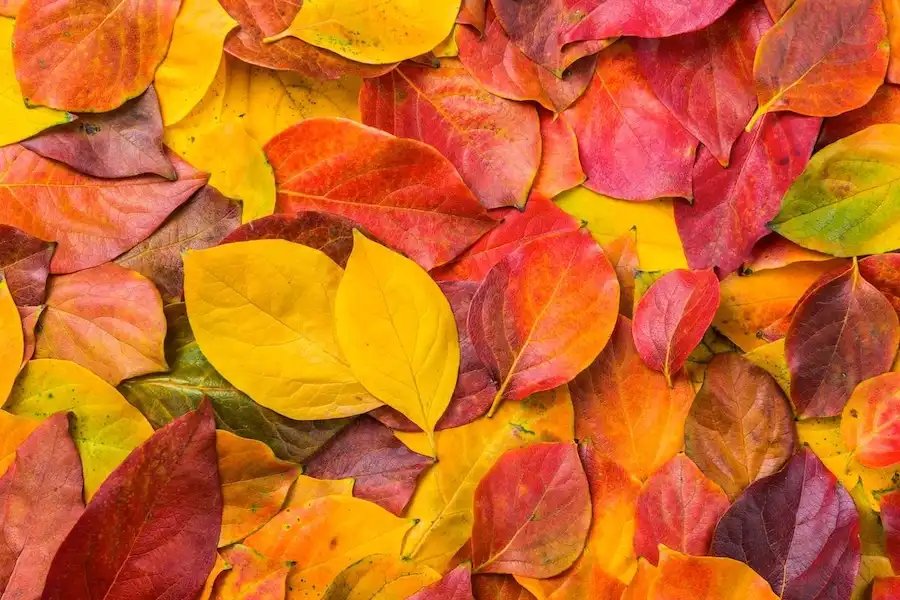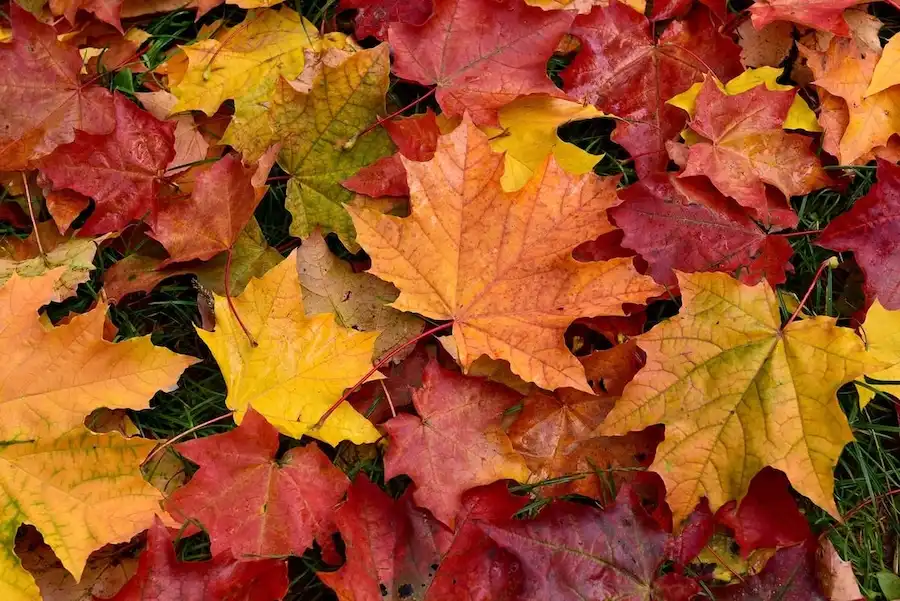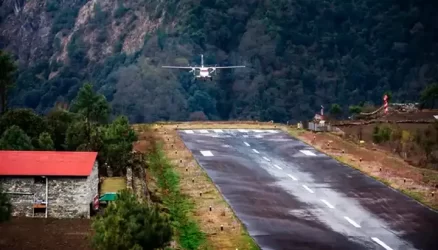10 Ways to Photograph Hidden Beautiful Nature
A forest trail may appear unremarkable at first glance. The scenery is repetitive: trail, trees, and rocks. This repetition may lull you into overlooking something noteworthy to photograph.
When you look closely at a seemingly mundane forest path, you will notice dozens of opportunities for wonder and beauty. Walking with a child can help you notice these “hidden” sights, but you can also find them on your own with a little childlike curiosity and creativity.
That… There’s also an online list. Here are ten ideas to get your creative juices flowing the next time you’re out in the woods and feeling uninspired.
Examine the tree trunks closely
Tree trunks are great places to start looking for beautiful texture shots. From a distance, tree trunks may appear smooth, uniform, and monochromatic, but their bark can be colorful and unique.
Aside from being beautiful in their own right, trees are excellent places to look for other natural wonders such as mushrooms and insects.
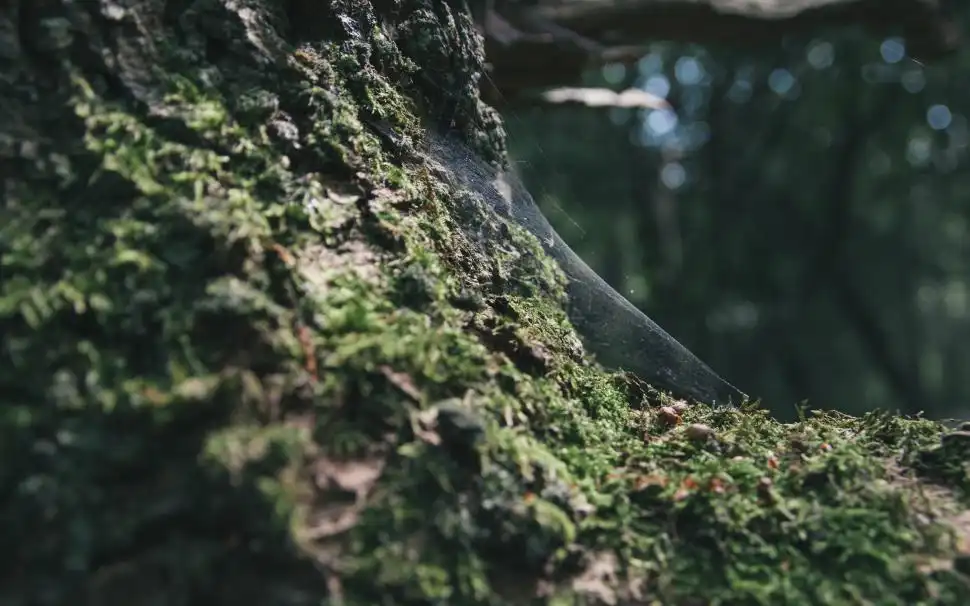
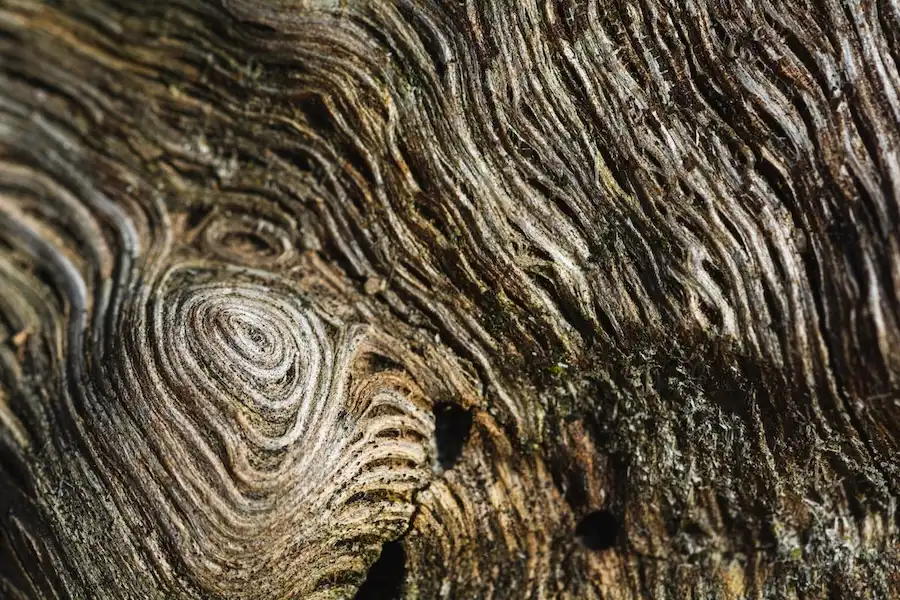
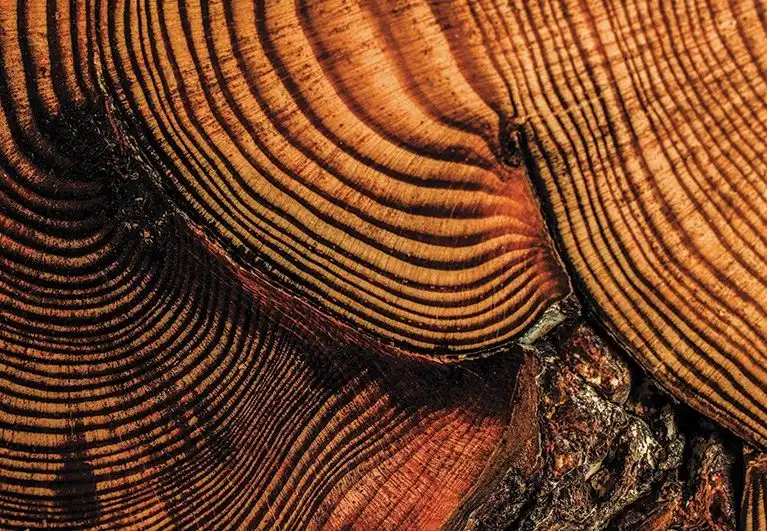
Look for bugs
Insects, despite their unappealing appearance, are fascinating and beautiful photographic subjects. That’s one of the reasons they’re a popular choice for macro photography. They’re also not as popular with photographers as flowers. In other words, your photos will not be competing with hundreds of others of the same shot.
Bugs can be difficult to photograph at times, but with enough patience and the right strategies, you’re sure to get a great shot. Learn more about photographing insects such as butterflies so you can return home content rather than frustrated.
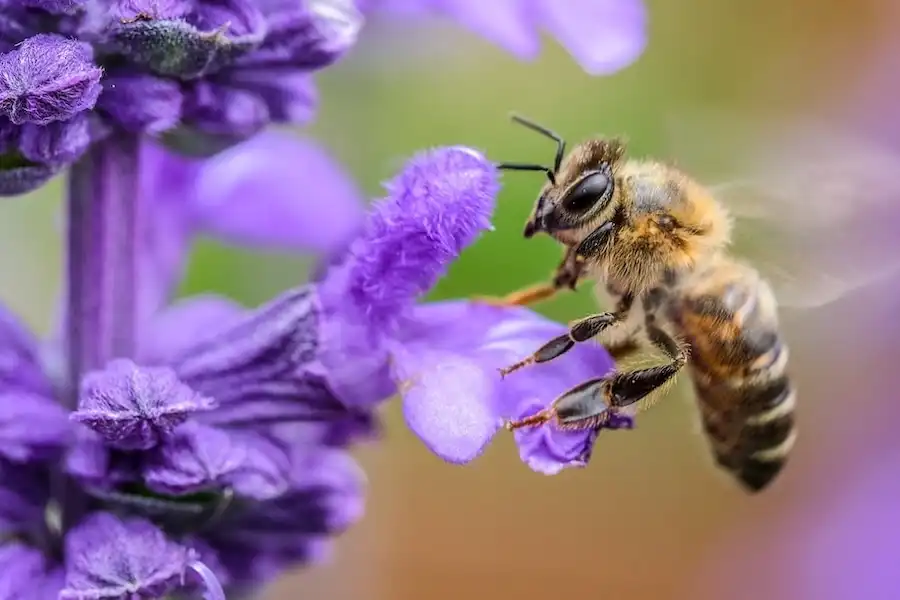
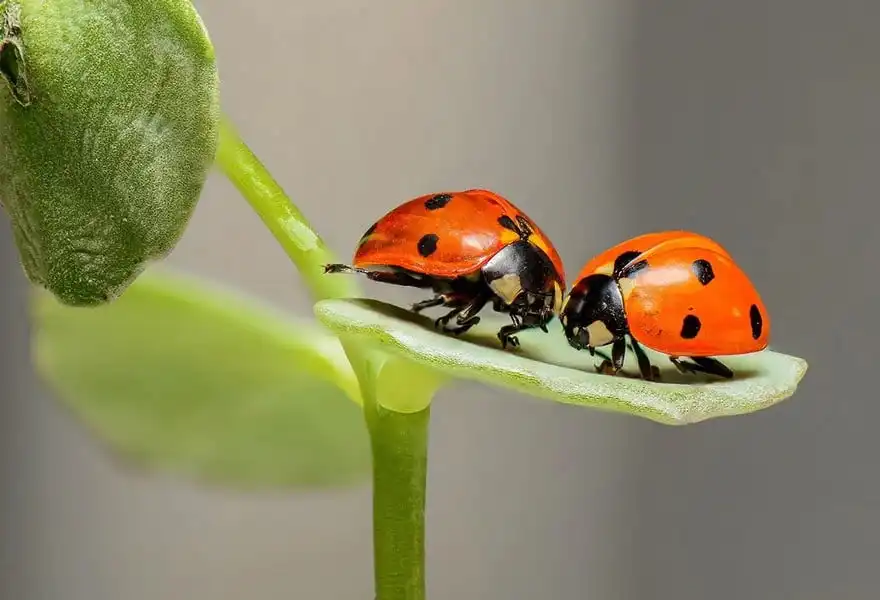
Search mushrooms
To appreciate the beauty of wild mushrooms, you don’t have to be a trained mushroom hunter. Their odd appearance makes them fascinating photography subjects from every angle.
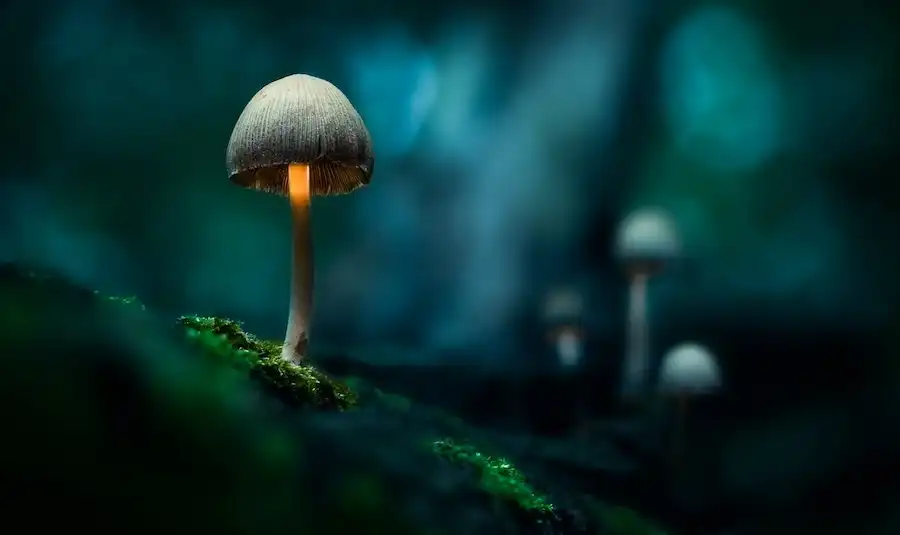
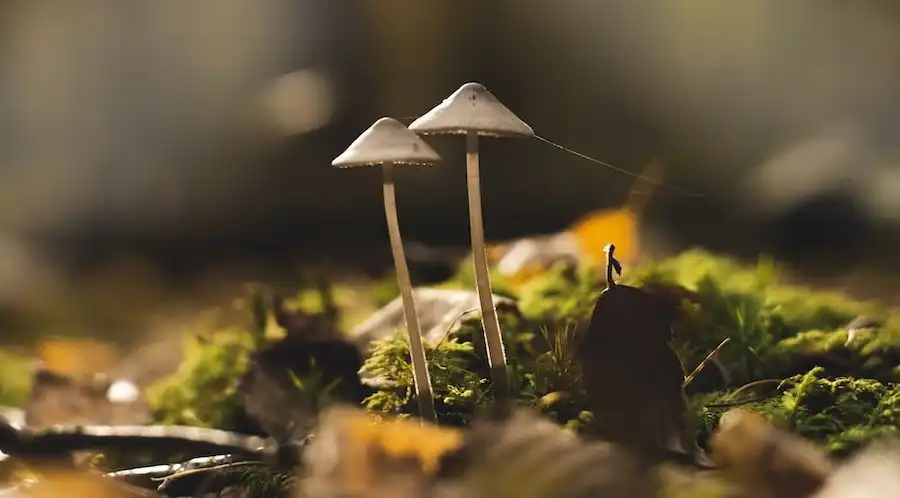
Raindrops or dew
Seeing the same subject in a different context can help you re-energize your creativity. Because you can’t move outdoor subjects like a forest, you must instead take advantage of environmental changes. Fortunately, changes occur on a daily basis. You only need to make a minor change to your routine.
Both dew and rain provide excellent opportunities to see the same trees and plants transformed into new subjects. You may have to get up earlier to photograph dew, but at least you can bring your coffee.
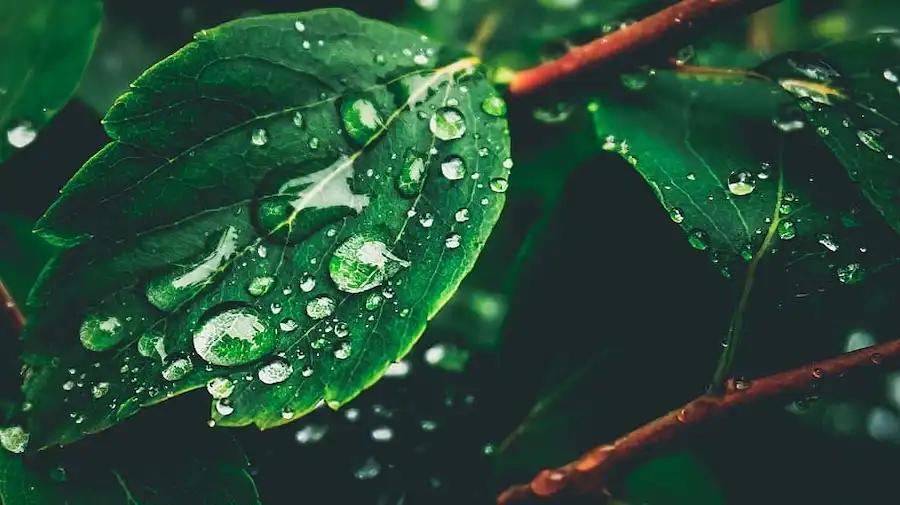
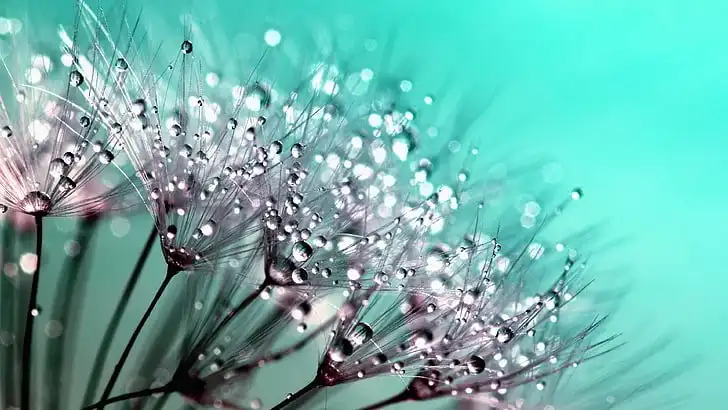
The mist
Mist, like rain and dew, can help you find beauty in what you thought was ordinary. Throughout the year, some areas are foggy. If you’re ‘lucky’ enough to live in one of these locations, photographing a misty forest should be simple.
Autumn is available to everyone else.
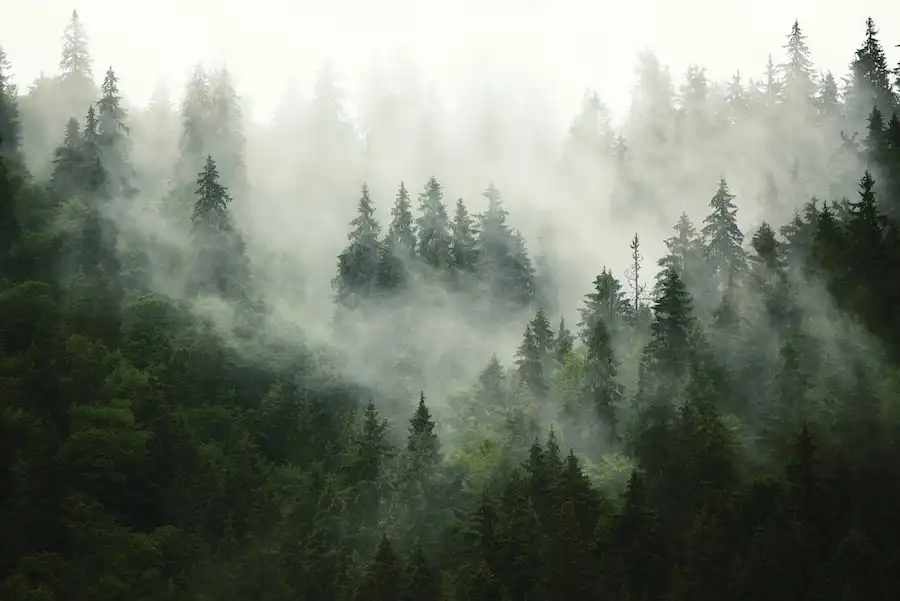
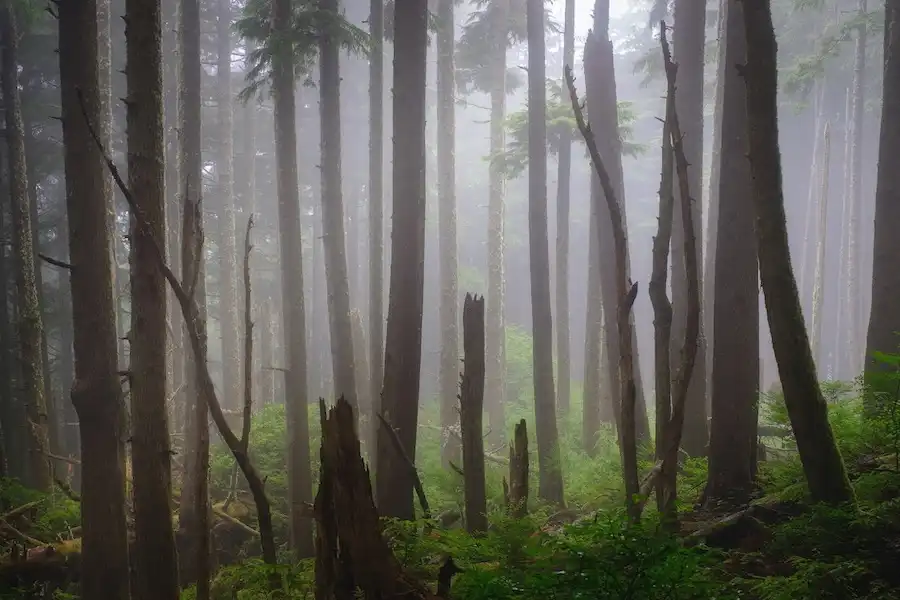
You should try bokeh
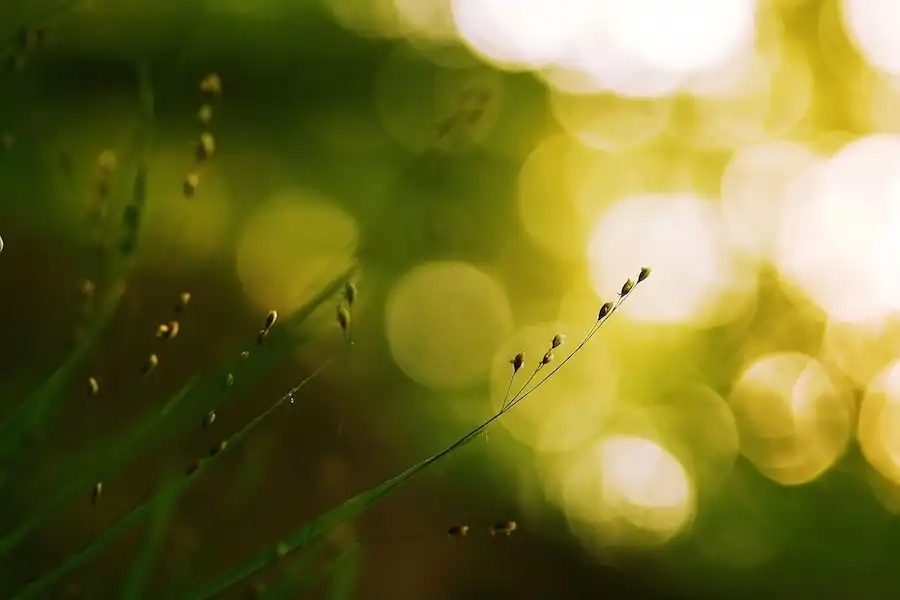
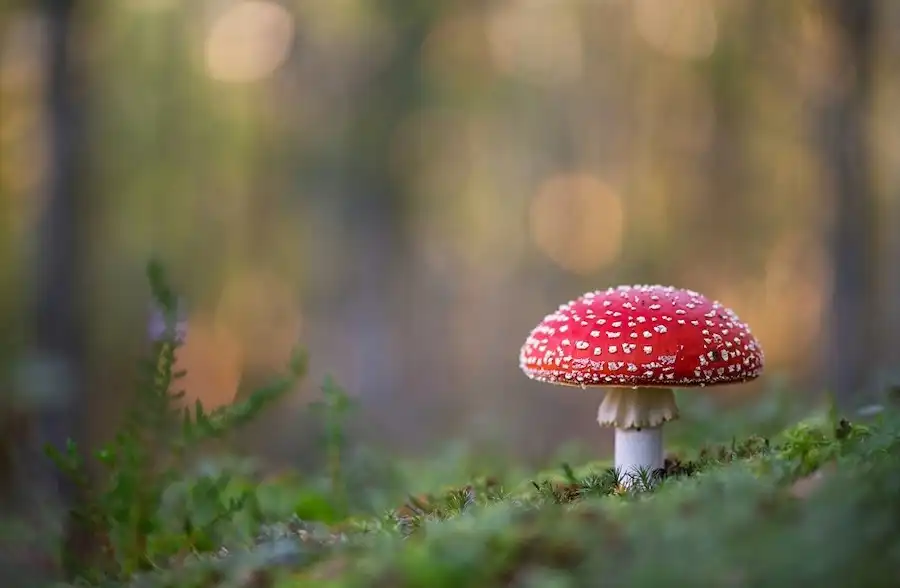
Follow the birds and other animals
If you are unfamiliar with birds and animals, you may need to hire a professional birder or forest ranger to accompany you on a forest walk. (Alternatively, you may accompany them on their walks.) Photographing beautiful wild animals is always a matter of luck and patience, but enlisting the assistance of experts will greatly improve your chances.

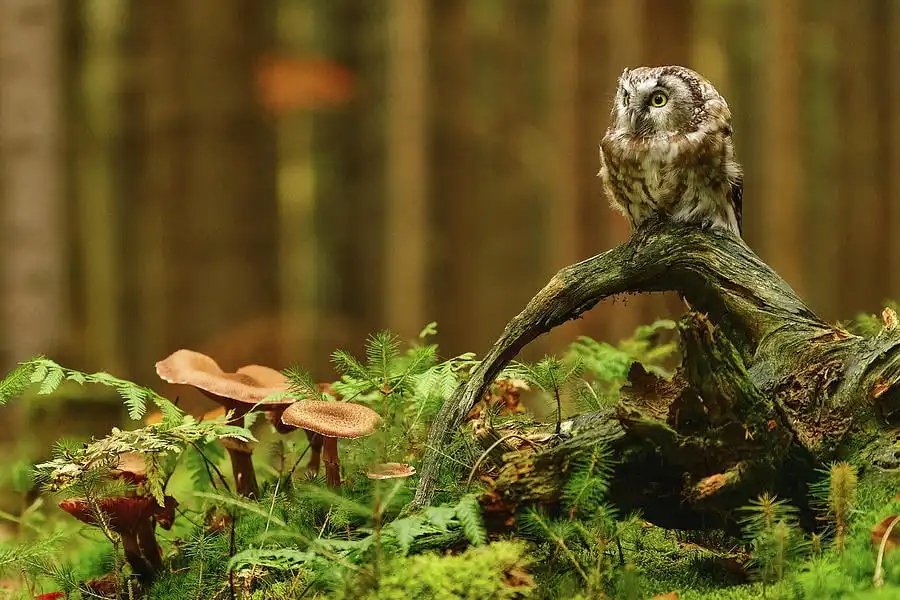
Search color contrasts
The beauty of a subject can sometimes be found in its relationship to other subjects. Color contrast, textures, and shapes are all excellent sources of beauty. To achieve this contrast, place small objects next to each other, such as a rock next to a plant. To get a different perspective on larger subjects, such as an entire forest scene, try shifting your position and stepping off the path.
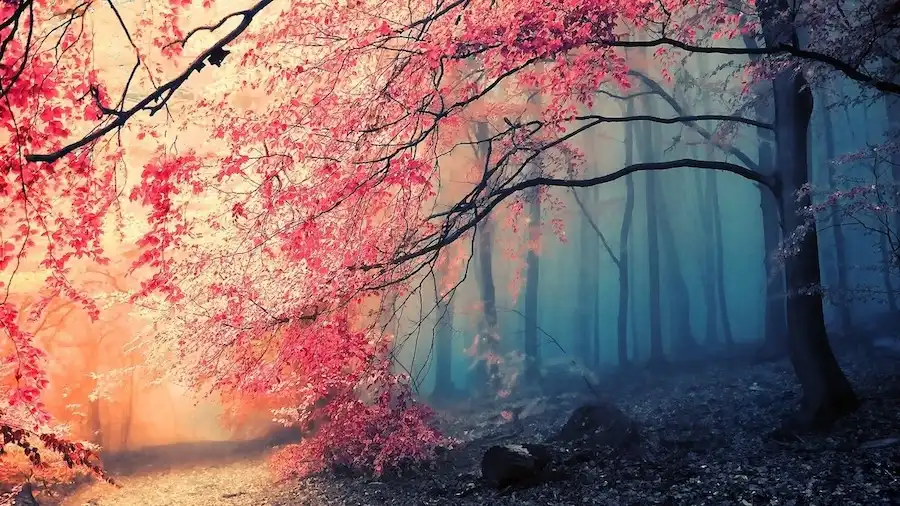
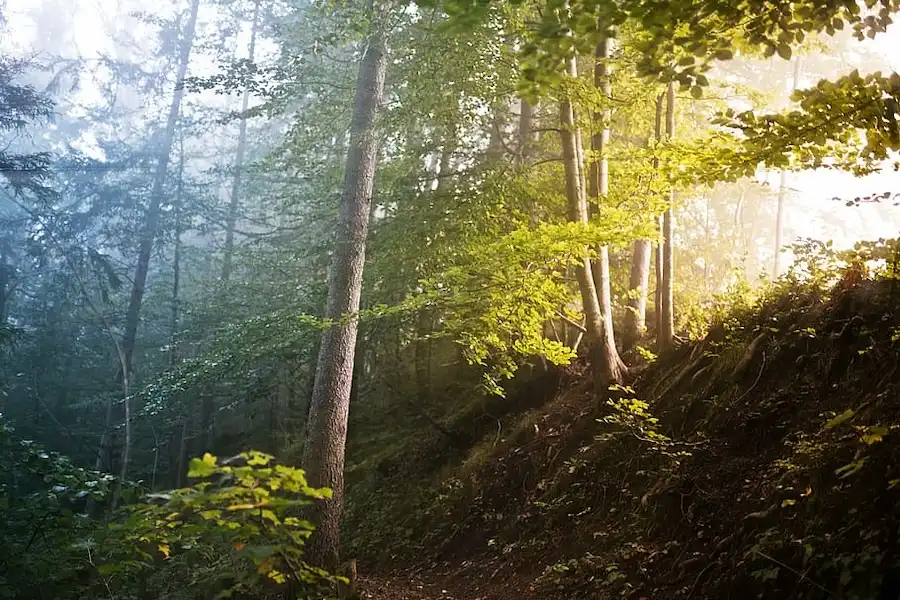
Look for sun rays
Nothing adds unexpected beauty to an otherwise mundane scene like a ray of sunlight.
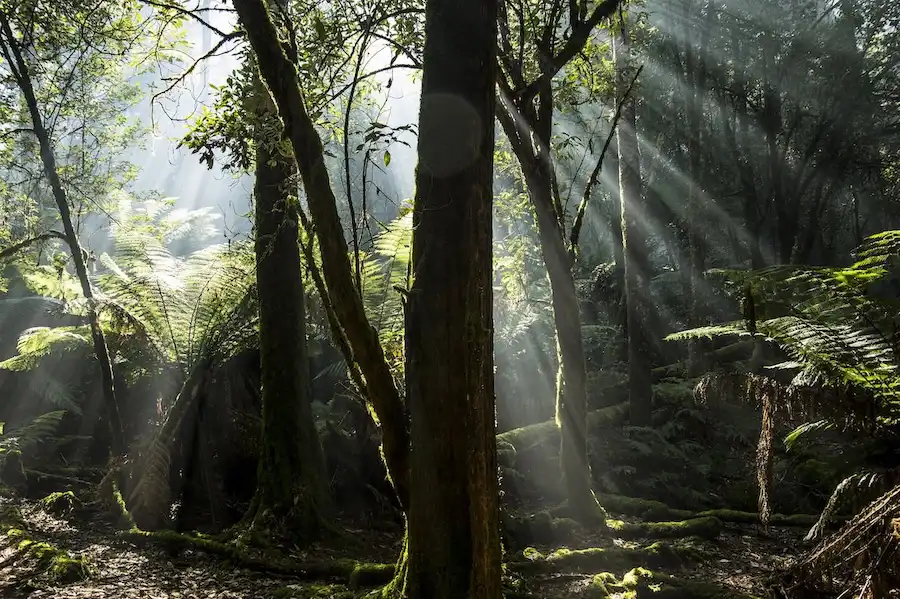
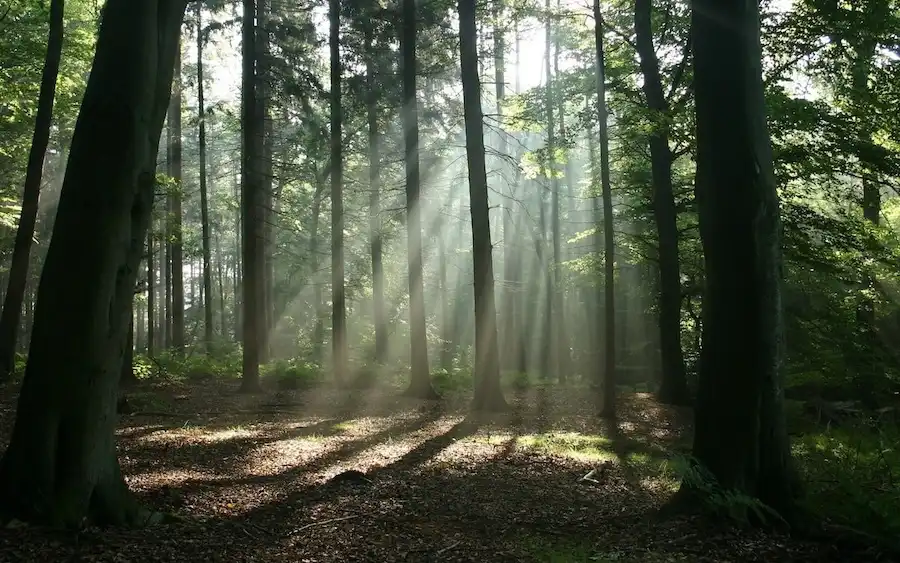
Try to focus on tree leaves
Unlike the majority of the forest, you can easily take leaves home with you. When you return to civilization, the incredible beauty of common leaves will become more apparent, if only in comparison to man-made creations.
